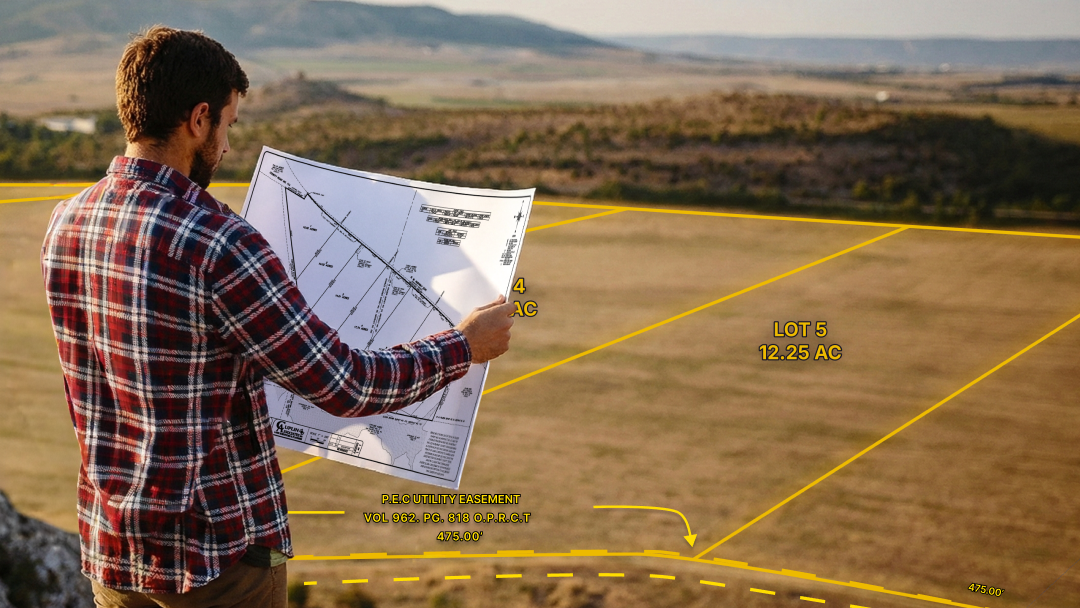Commercial real estate can be a great investment; there are a wide variety of investment opportunities, it can diversify your portfolio, and best of all, it has the potential to generate a great deal of income. However, that’s only the case if you choose the right property. To make sure that you do, you’ll want to do some digging. That’s where commercial real estate mapping software comes in. With the power of GIS at your fingertips, you can gain far deeper insights into a property, allowing you to make well-informed, profitable investment decisions.
Should You Invest? Assessing Properties With Commercial Real Estate Mapping Software
The Location
Between renovations, remodels, or even just a fresh coat of paint, there’s a lot you can do to make a property more attractive to prospective renters. However, there’s not much you can do to improve the location. So, it can help to start your search by identifying a desirable area – one that’s safe, affordable, growing, etc. – then finding a property that fits your needs (which will vary based on what you’re trying to invest in).
For a new restaurant or retail store, the foot traffic could be a deciding factor, for offices, centrality may be the determinator, and for residential tenants, safety is often a top priority. On the other hand, warehouses and the like may not need a prime location, so they’ll likely be looking for areas that can offer a large amount of space for a comparatively low price.
Analyzing a property’s location is more complicated than one may assume, as there are many, many factors to consider. With commercial real estate mapping software, you can add a layer for all of them. Investors could add a layer for flood plains and land use to see what the property can be used for, upload data on crime rates to assess the area’s safety, view proximity to major roads and highways to determine how accessible the area is, and more. With the robust repository of data GIS offers, investors can see the area more holistically, allowing them to draw more accurate conclusions before settling on a location.
The Numbers
A property isn’t usually a smart investment if it won’t make you any money, so to check if it will, you’ll have to run the numbers. Of course, until you actually own and operate the property these numbers will just be estimations, but even so, they can help you predict what type of returns you’ll see if you do choose to invest.
The first step is to analyze the expenses associated with a property, as it doesn't matter how much money a building generates if the income doesn’t exceed the costs. While every property will have slightly different expenses, in general, you’ll want to factor in taxes, mortgage payments, insurance, repairs (including unexpected repairs), vacancies, utilities (if applicable), property management, and legal services.
Once you have a solid understanding of your costs, you can determine the capitalization rate (also referred to as the cap rate). To calculate this percentage, divide the property’s expected net operating income by the current market value (or whatever you plan to pay for the property). The cap rate will provide a rough estimation of the potential return a property could generate, which can be extremely useful when comparing similar investment properties.
This is another area where commercial real estate mapping software will be a huge asset. With a GIS map, you can filter properties by price, size, or any other feature you deem relevant, allowing you to not only find similar properties, but make comparisons based on accurate, detailed information.
The Market
The next piece to consider is the market. Before investing in a property, you'll want to have a fairly accurate estimation of what you can rent that property out for. You can get a pretty clear idea of this by looking at what similar properties in the area are renting for, or, you could opt to purchase a turnkey property that’s already being rented, taking the guesswork out of the process.
You’ll also want to make sure that the vacancy rate in the area you choose is low or declining. As a benchmark, according to the National Association of Realtors, the average vacancy rate in 2021 is around 5% for multifamily and industrial properties, 10% for retail properties, 12% for office properties, and 50% for hotel and hospitality properties. However, those numbers have been affected by the COVID-19 pandemic. The vacancy rate for offices, for instance, has gone up due to the rise in remote work, while the vacancy rate for warehouses has declined, as an increase in eCommerce has pushed a transition from a just-in-time inventory approach to a just-in-case inventory approach.
Analyzing the market is far easier with GIS-based commercial real estate mapping software, as these tools will allow you to import data on the market such as local vacancy rates and rent. You can draw deeper analysis about the market by layering this information, or even identify trends by looking at data from previous years.
Analyze Potential Investments With Land id®
Deciding if you should invest in a property is no small feat. Analyzing the location, running the numbers, and assessing the market can be time-consuming, burdensome tasks. However, that doesn’t necessarily have to be the case. With Land id® (formerly MapRight), you can not only toggle on parcel data and build custom databases, but upload GIS data on virtually anything, layer the data to identify important patterns, and look at trends. With all of this at your fingertips, gathering insights is easy, and investment decisions are made far easier. Don’t believe us? Start your 14-day free trial of Land id® today, and see for yourself!
FAQs

Continue Reading





